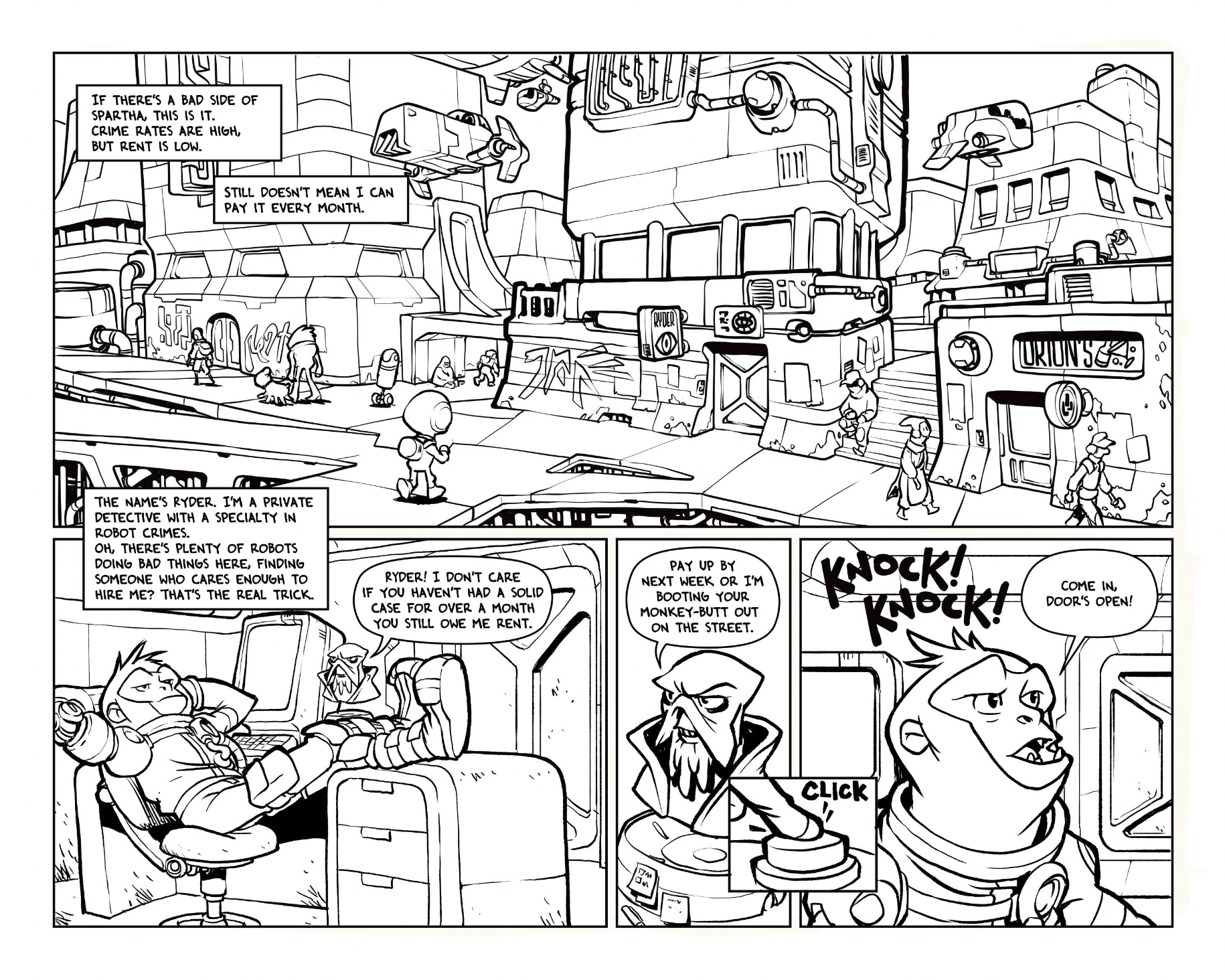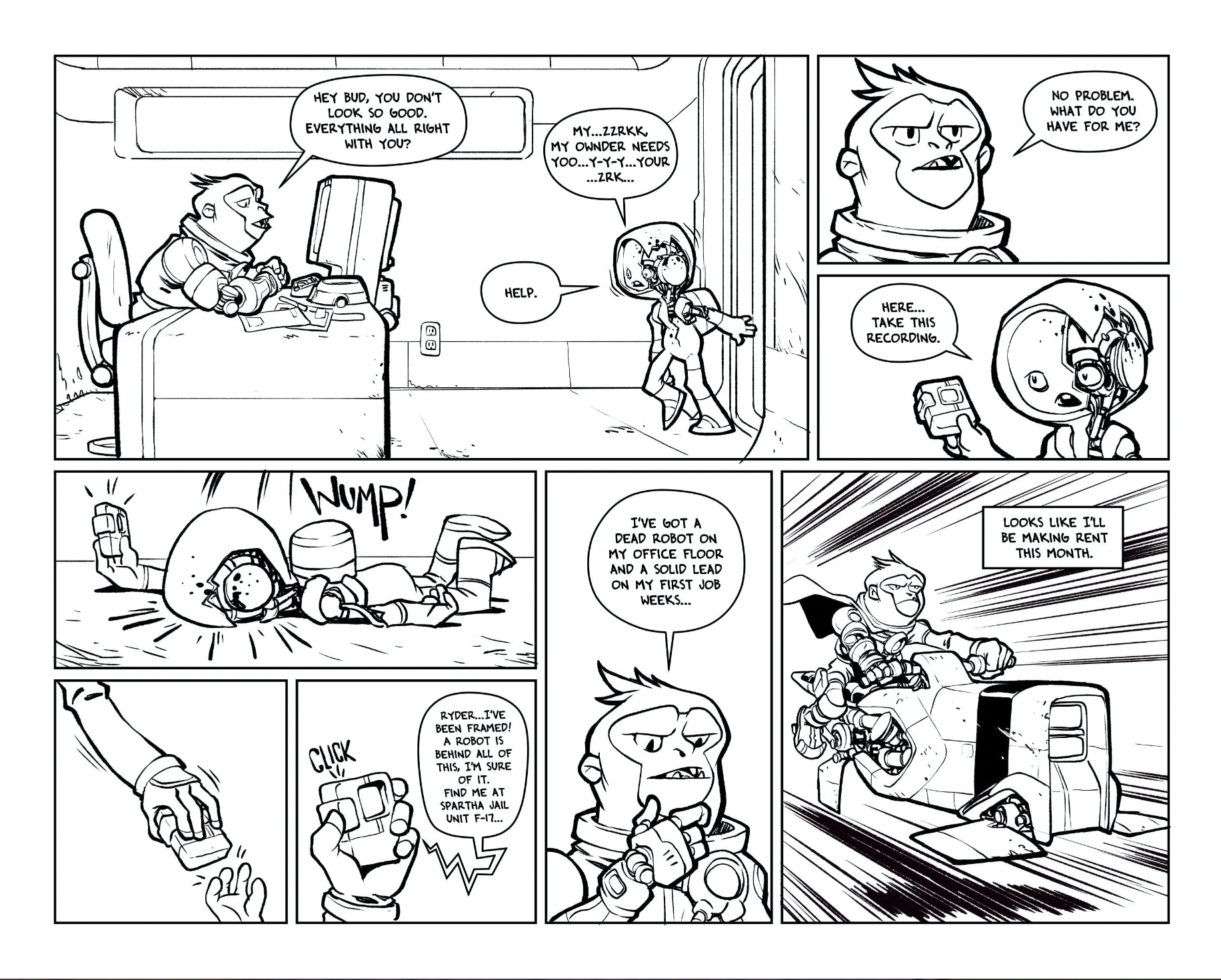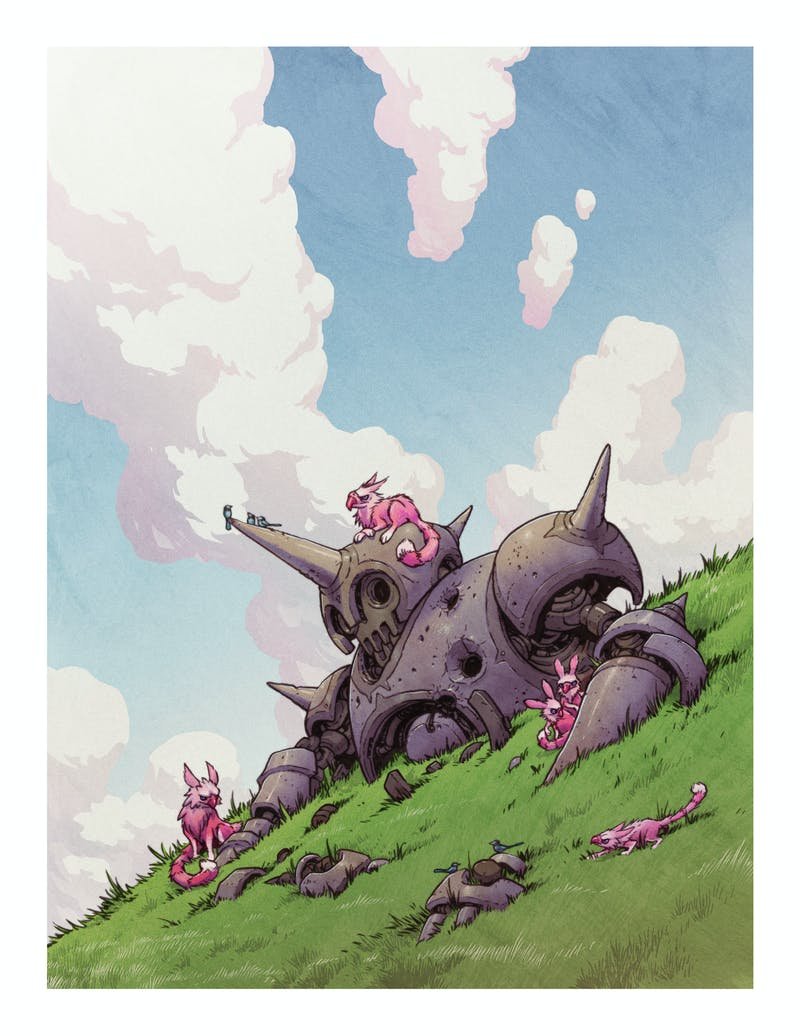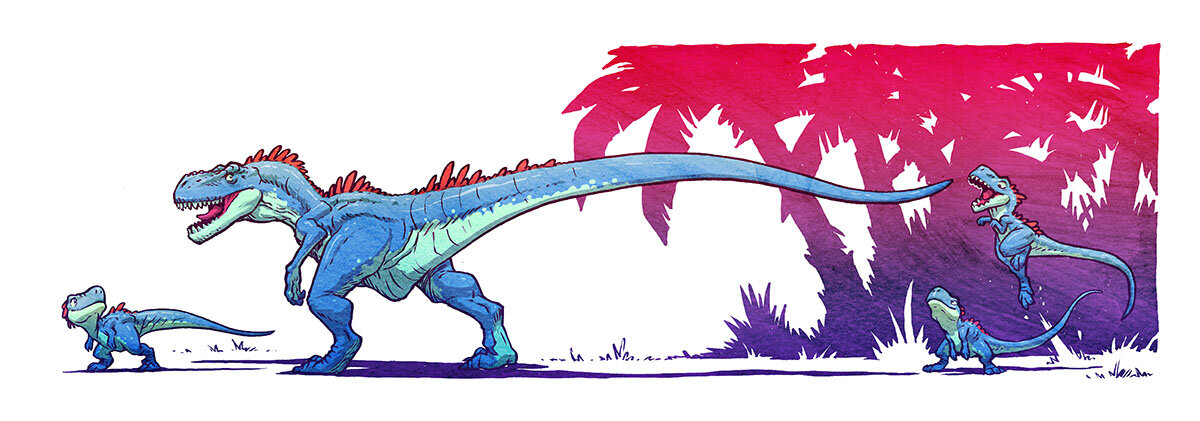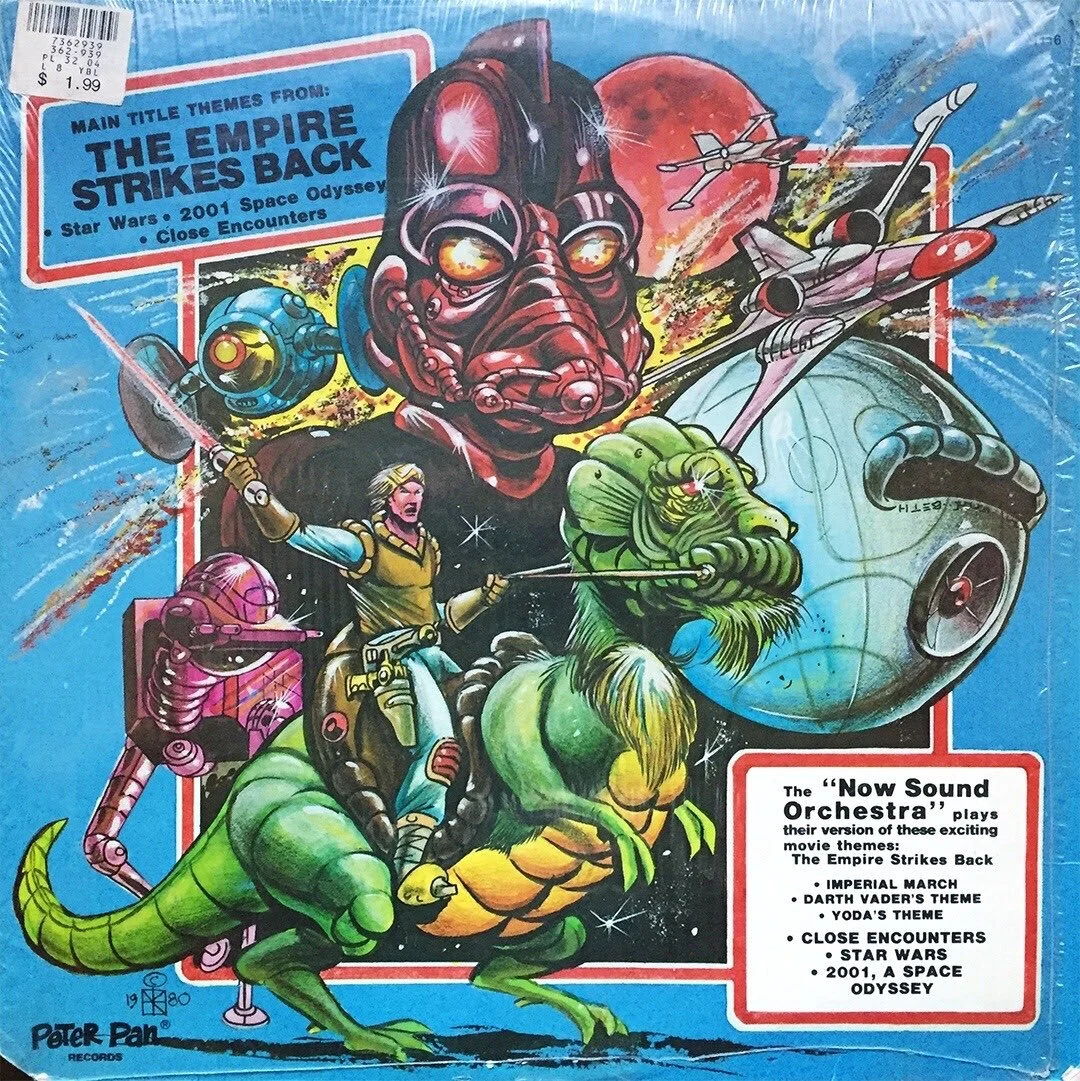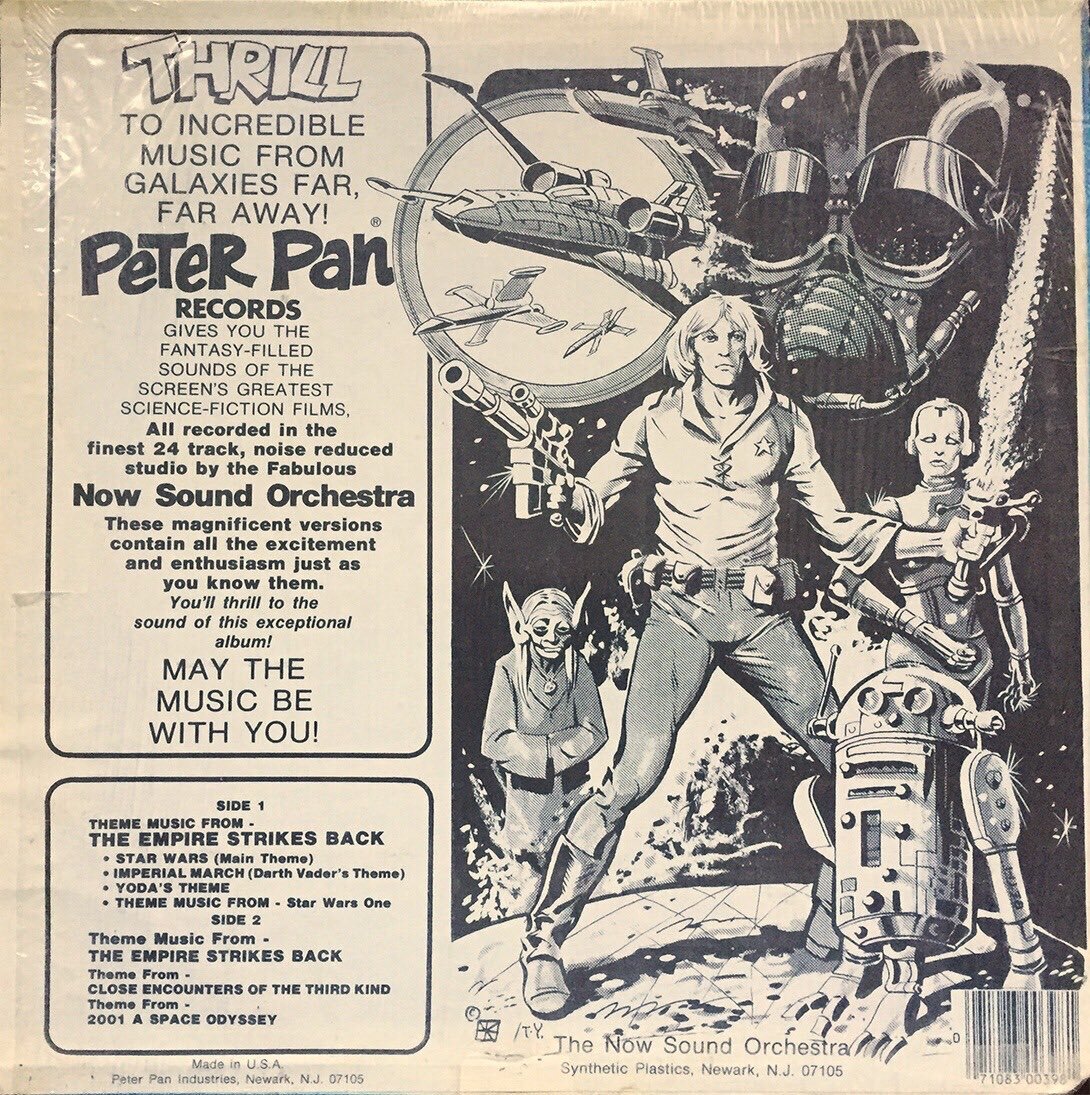In my last video I closed with:
“It’s time for us artists to quit filling up our fields of creativity with rock piles and finely crafted stones. We need to build our cathedrals and create something a citizenship can support.”
In in that video I talked about one of the biggest problems facing creators today. Many you commented that you felt called out, and that I had nailed exactly how you were feeling. Several said that that video was what they needed to get started actually creating their project.
All of that is so great to hear, and it does me good to know people are taking positive action. Now that you’ve decided to actually make something, and are determined to finish it, some of you might have encountered something called “Pressfield’s Resistance.”
It’s that thing stopping you from making your project...that thing can come in every different shape or form. It can come from outside, and can come from within. It comes in the form of jobs, spouses, children, illness, apathy, fear, success, procrastination, self-doubt. There’s an endless supply of excuses you can lean on to halt the progress of your project.
Steven Pressfiled wrote an entire book about it. It’s called The War of Art. You should read it.
Individual forms of resistance each have their own solution, and I could get lost in the weeds real quick if I decided to tackle each of these here. Instead, I’ve got a mono-solution that can strengthen you against whatever kind of resistance has chosen you. I’ll get to that in a minute, but first...
The Cult of Finished
I have a saying: Finished, Not Perfect.
These three simple words have done more to advance my career than any technique I’ve learned, expensive tool I’ve bought, and influential friends I’ve made.
What this means is that I don’t worry about making things perfect, I just worry about getting the project finished and out the door. The benefit from this is with each project I get better and better at each component of the process. The side benefit is I have a bunch of finished things out in the world. Each finished project it’s a triumph over resistance. It means I buried whatever kind of resistance that decided to go to battle with me.
A project has five stages, and each stage is met with some kind of resistance.
The Project Path goes like this:
Validation
Development
Creation
Ship
I project isn’t finished until it’s shipped. Your goal as a creator is to get it to that point where your idea is out of your hands and living it’s best self out in the world.
Just because you’re good at this does not mean you don’t backslide and fall into traps. I’ve said before that I need to hear these words just as much as the next person.
I’m talking about this because I have been, like many of you, stuck in various stages of Validation and Development on many projects for years. That’s where the world-building trap is.
Getting out of Development
When you look at your pile of carefully curated stones your instinct is to tell yourself you need to sit down and start writing your200 page epic graphic novel. I’m going to tell you right now: STOP.
And I’m talking about comics today, since that’s what I like making, but as always, this applies to anything creative: A screenplay, film, web comic, podcast, novel, art show, album, play, etc
Sitting down today to write and draw your Akira, or your Smile, or your Amulet, or your Hellboy, or Your Bone will only lead to more world-building. That’s because you’re untested, weak, and easily distracted. This is simple to explain: Creating is hard and development is fun and easy.
Several years ago my son and I went with a group of dads and sons on a 4 day backpacking trip where the climax was summiting the tallest mountain in Utah. King’s Peak at 13,534 feet.
The trip was 50 miles of hiking through some of the most remote forests and and terrain in the continental US. It was also gorgeous. We carried everything on our backs which meant we had to be in peak shape to undertake this adventure without injury or failure.
The preparation for this trip in August started back in April. Every Saturday we would meet in the morning and do little baby hikes. The first ones were no more than three miles. They took maybe a half an hour to complete. They were fun, but they also pushed us a little, and made us realize where the edge of our capabilities were.
Early on the boys would complain that their feet hurt, or they were bored, or it was hard to breathe.
As the months wore on we did longer and higher hikes. We climbed The Cascade Saddle, Mount Nebo, and Mount Timpanogos. All 10,00 to 11,000 plus peaks. By the time we set out to do King’s Peak, we were more than ready. The boys practically ran up the mountain.
I tell this story because your epic graphic novel series is King’s Peak and you’re trying to climb straight up it wearing a full pack without ever having gone on a short afternoon hike.
This brings me to my Mono-solution:
The Minimum Viable Story
I’m borrowing this from a business strategy outlined by Eric Ries in his book The Lean Startup. He calls it the Minimum Viable Product. The idea is that if you have a need to transport yourself from point A to point B. Instead of building a car from the ground up, not knowing if the car will even work in the end, you start by making a skateboard then upgrade it to a scooter, then add bigger wheels and a pedal system to it turning it into a bike, then adding an engine making it a motorcycle, then building out a car using the understanding you’ve gained all along the way.
During each of these phases you test it to see if the product should be built to begin with. Testing evaluates if the initial problem or goal is solved in a manner that makes it reasonable to move forward.
The Minimum Viable Story is the most rudimentary barebones foundation of a story, yet is sufficient enough to have all the components of a story, and is something tangible a person can hold or consume.
What this means in the context of this video is instead of writing and drawing a 200 page graphic novel, you start by writing a drawing a 5 page comic and moving up from there.
To be clear, you are not going to take the next couple years to write and draw a 200 page graphic novel.
Start off doing a handful of 5-10 page stories, and once you’ve got those down do some 15-20 page stories.
Then do a 50 page story.
Then tackle your 200 pager.
Here’s why. Doing a 200 page story in a couple years means it will take you a couple years to go through the project path just ONCE.
That means you only get one chance to learn how to fight against the resistance of validation. One chance to carry a project through development. One time to figure out a creative process. And one time to figure out how the logistics of shipping the thing.
Instead, doing twenty or so smaller projects means that you go through the project path TWENTY times. Each time you go through the path you learn what works, what doesn’t, where you have friction, and full on resistance. And you get a small win every time you reach the shipping stage.
Not only that, but you also become a better craftsman by refining your process each time. You become a better storyteller, because you’ve had to exercise your storytelling muscles in twenty different ways instead of trying to solve one big story over a longer period of time.
Imagine getting 200 pages into your graphic novel only to discover the idea isn’t all that original, or the characters are bad, or you’re not good at storytelling.
With the minimum viable story approach, doing a 5 page comic has such low stakes that it takes away the fear that the project will fail. Perfectionism becomes less of a concern because who cares if it’s not perfect, you’ll be moving on to another one shortly anyway. And world-building becomes less of a trap because how much world building do you actually need to do for a 5 page story?
Your 5 page story is a proof of concept. Not only does it test the characters and the world out, but it also tests you out. You’re actually showing that you can make something. And lastly, your testing out the audience for it. If someone loves the 5 pages you’ve created, they’re going to want another 5 pages. On the flip side, if all you get are yawns, then you can easily drop this idea and move on to something else.
Getting it done
Your ultimate goal with these stories is just to FINISH them and move on to the next. The perfection will come over time.
Real quick, lets insert a comic into the Project Path.
Idea Capture
Validation
Development
Creation
Ship
Idea Capture: You’ve got a spark of an idea for your story. It was sparked from a doodle you drew, or something you experienced, or a cool image you saw on pinterest. The thing is, it sparked something in you that thought, “I can do something with this!”
Great, now write down your first impressions of that. You can capture ideas all day long, save them in a book, or a sketchbook, or files on your computer. If you tuck it away and forget about it, that’s good. It probably wasn’t worth your time. If, however, you can’t stop thinking about it, it means you NEED to work on it. Take it to the next level.
Validation: Next you’re going to cobble together something presentable with it. It could be some character designs, or a really great piece of concept art that captures the essence of the idea you captured. Write up a brief synopsis. Share this with some people. Share it online, or to friends. The reason for this is to see if anyone gets your vibe. If you get some good feedback on it, move to the next level. Don’t get stuck doing world-building here.
Development: This is where you’ll start plotting it out, nailing down the conflict and resolution, figuring out story beats, finding your character arcs. Then write your story. As you write, do concept art and world building based on what the story needs. Once you’ve got a solid story, and some designs move on.
Creation: Now it’s time to put ink to paper and start knocking out finished pages. Save some of the concept art and world building for this stage. You can even do it right on the page. Color it, letter it, and figure out all the extra bits needed. Like a cover image, a title design, and a foreword or afterword about the project. By the end of this stage you should have a finished colored story. And when you do it’s time to ship it
Ship: This is how you distribute this to people so they can read it. You might want to print it and sell it on your website, or make a PDF available for download. You might want to just post it on social media, free for everyone to read. Now you become a huckster, figuring out the best way to get the most amount of eyeballs on your project.
Once you’ve done all that, time to start over on the next one.
Before you start though, I would do a post mortem. This is a way to consolidate what you’ve learned on this project. You do this by writing down what went right, what went wrong, and how you’re going to improve things for the next project.
Remember, creativity involves missteps and imperfections.
It all comes down to this: Keep envisioning your cathedrals, but start by building a few thatched huts. Move up to a log cabin, then a brick house. Once you’ve got a few of those under your belt, THEN craft your cathedral.
I want you to do it. Your stories want you to do it too.
“The work wants to be made and it wants to be made through you.”
- Elizabeth Gilbert
I’ll close with an excerpt from one of my favorite books on art and creativity: Art & Fear.
“You make good work by (among other things) making lots of work that isn’t very good, and gradually weeding out the parts that aren’t good, the parts that aren’t yours.”
How are you going to do that? You have to make stuff. You have to finish stuff. You have to put it out into the world. You have to get that feedback and learn what works for your audience and what doesn’t. And perhaps more importantly what works for you and what doesn’t. Then apply that to your next project.
Eventually you’re going to make something that you love, that the world loves, that the world NEEDS, and that YOU NEED.

